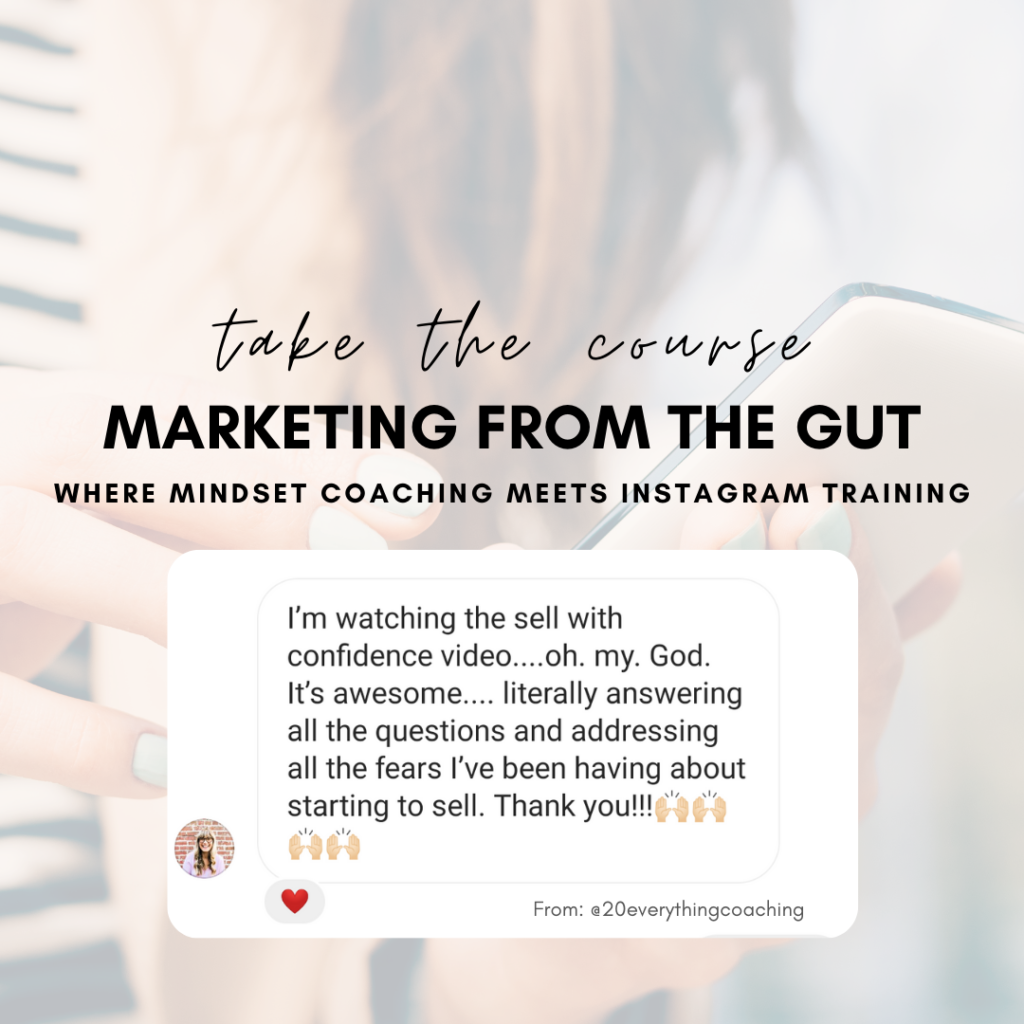The “know like trust” (KLT) factor is a marketing concept that is becoming more and more important. The goal is to get your audience, prospects, leads, customers, or clients to understand and eventually believe in your brand.
Simply put, someone first needs to get to know the “you” behind the brand, which in turn drives connection and familiarity. This familiarity is key in 2021, according to the Gustavson 2021 Brand Trust Index, “Consumers tend to gravitate to ‘familiar’ brands in 2021 because of the peace of mind they provide.”
Once this familiarity sets in they begin to trust your brand and therefore choose you over your competitors. Building this “know like trust” is an exercise in relationship and community building that takes time, but is well worth the investment.
The Gustavson brand index explained that during the COVID-19 pandemic, some of the oldest major packaged food brands, like General Mills, Kellogg’s and Campbell’s, saw a spike in sales. Unsurprisingly, many of these familiar brands saw an increase in their trust scores in 2021.
However, you don’t need to be a major global brand to leverage “know like trust.” If you’re not sure where to start, look to social media, where you have the perfect opportunity to connect with your audience and ideal clients and customers.
Here’s how to build your KLT factor on your various social media platforms.
Establish Your Brand Values and Live Them
If you want your community to get to know you, you first have to know yourself as a business. This means establishing, living, and shouting about your brand’s values. Your values should bring together your goals and overall mission and serve as a compass that guides your brand messaging on social media. For example, you might ask yourself:
- What does your business stand for?
- How are you helping others while also achieving your goals?
- What sets your organization apart from competitors?
From these answers come the brand values that guide your messaging and strategy on social media. Check out the “Get Your Brand Values Right” section in our Community Building guide for more tips on how to develop your brand values if they’re not yet clearly defined.
But don’t stop there. It’s important that you promote your values via social media. The key is to be “yourself,” whether you’re a spiritual coach, small business owner, or marketer for a large corporation. This means creating and sharing your story and values with authenticity.
Transparency, honesty, and vulnerability in your messaging will help your audience get to know you in a more real way. Sustainable beauty company, Honest, is a great example of this. Their founder, Jessica Alba, explains on their website:
“Since day one, it’s been my goal to build a diverse, inclusive, and ethical company based on the values of transparency, trust, sustainability and a deep sense of purpose in all that we do.”
If you look at their Twitter feed, those brand values are reflected in all of their content.
- They use images of their diverse community.
- Their founder shares stories about using her products with her own children.
- They explain how their sustainability mission benefits their customers.
It’s easy to feel like you know the brand (and their founder) once you spend time on their social channels.
Remember: Consistency and Engagement Matters
If you want someone to know, like and eventually trust you, you have to consistently show up in their lives and engage with them. Like any relationship you build, you need to invest time and effort. On social media, that translates to posting a steady stream of content and interacting with your followers while you do it. In addition, consistency increases your reach and effectiveness on social platforms.
For instance, Instagram recently confirmed that they show you more content from accounts you’ve previously interacted with. As such, engaging with your audience (I.E., responding to comments or messages, answering questions, and tagging accounts) will increase how often your content is served in their feeds.
Hootsuite found that the average publishing cadence on social media is 3-4 times per week. Keep in mind, however, that with some platforms, more is better. For example, Twitter and Pinterest accounts get more visibility when you publish multiple times a day while Instagram is better suited to posts once per day. Check out Hootsuite’s publishing frequency guide to better understand each platform.
The bottom line is: don’t just post when you have the time. Use a content calendar to create a comprehensive strategy for your social media presence. Use this to ensure a steady pipeline of posts. Additionally, leave time in your schedule for organic engagement. All of the above will fuel the “know like trust” factor with your audience.
Leverage User Generated Content
User-generated content (UGC) is any type of content, including pictures, videos, testimonials, feedback, and reviews, from an audience member. In other words, content not generated by you as a brand but by people who love your brand already. What makes UGC so valuable and genuine is that it’s driven by real-life experiences. It’s not a paid influencer post or ad, but people’s authentic reactions to what you offer.
A recent report shows that 93 percent of marketers agree that consumers trust content created by people more than brands. By encouraging, finding, and sharing UGC you can increase your KLT with social media audiences.
Airbnb is the perfect case study for spotlighting UGC, if you follow them on any platform, you’ll note they repost customer images of their stays. They do this consistently on Instagram, as well:
Get Your People In Front of the Camera
Social media users want to see the people behind the brands. Sprout Social research found that 63 person of people agree that CEOs with a social presence are better representatives for their companies than those without. Moreover, when leaders practice increased transparency on social media, their audience feels more connected.
While it’s ideal to have your leadership present on social media, other team members are just as important. The goal is to show real faces on your feed to make your business feel more human, accessible, and approachable. This drives connection which boosts your “know like trust” factor.
Boost Your Know Like Trust With Social Media
Nurturing relationships with your audience takes time. A profitable “know like trust” won’t develop overnight, but it can be developed, no matter the size of your business. Use these strategies and ideas to share your values, help your followers understand your company, and most importantly, develop connections by sharing the people behind your brand.




